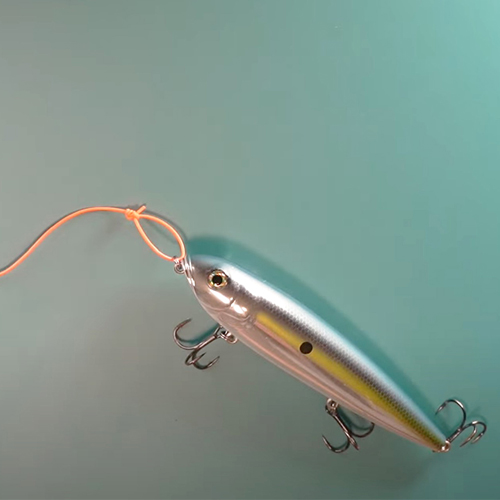How to Boat in Rough Water
Learning tips for rough water boating is essential to stay safe in challenging conditions. Beyond simply seeking cover, find out how to best protect yourself and your passengers when the big waves strike.
Watch the Skies
Small boat, big waves typically spells danger. But if you plan your outing correctly, you can time your trip to avoid rough conditions. One of the most reliable tools you can use to find out the predicted swell height of the seas is the NOAA marine forecast. But there are other options as well.
The top contributor to rough water is wind. So if you’re concerned about boating safety, you’ll want to track the weather closely. Watch for strong winds but also impending cold fronts, when you’ll likely experience windy conditions. Even when you’re out on the water, your job isn’t over. Pay attention to the wind and be aware of sudden changes that can signal impending rough water. To make it easier, you may want try an app that calculates wind knots.
Since the tide also impacts wave height, especially if it’s strong, be sure to watch tide charts or check local reports before you head out and plan your trip accordingly.
Most importantly? Heed weather warnings and advisories and think twice before heading out on a windy or stormy day.
Plan Ahead
No matter the weather or conditions, you should always be aware of how to boat safely. And that means being prepared for adverse conditions. Before you head out on the water, make sure everything is in good working order, especially equipment that you’ll need in case of rough seas like the bilge pump.
To protect passengers, have everyone on the boat wear a lifejacket correctly. Stash foul weather gear on board to stay warm. And stock your emergency kit – including motion sickness medicine.
If you find yourself in dangerous waters, it’s wise to have a VHF marine radio on your boat. And be sure you have twice the amount of fuel then you think you’ll need since slower conditions can cause you to use more than you expect and you don’t want to risk being stranded.
Secure Loose Items
One of the biggest risks with rough water boating is loose objects flying around the boat, especially sharp items or heavy ones like coolers. Make sure you secure anything on the boat that can move by either tying the objects down or stashing them in a closed compartment. And be sure to close doors or cabinets.
Slow Down, Go Low
While you may be tempted to speed home to try to outrun the big waves, going too fast for the conditions can be a major safety concern. When rough water boating, you’ll want to lower your speed and proceed with caution, keeping an eye out for other boaters, objects and debris in the water as you make your way. Going slowly will also give you better reaction time. While you’re moving, to make your vessel more stable, try to get all of the passengers low in the boat.
Find Your Angle
Knowing how to boat in rough water means understanding how to position your boat in the waves. When you find yourself face to face with big swells, rather than going head first into them, the best approach is to position your bow at a 45 degree angle. That way, you’ll stay on top of the waves to make it easier to cut through them. It may also be helpful to zig-zag as you move.
Set a New Course
Sometimes, knowing how to boat in rough water simply means seeking calmer conditions. If you’re in rough water, look for protected areas like coves or bridges. Or use one of the many apps available that can help you track and avoid a storm’s path and find more favorable conditions. If you can’t, just ride it out.
If you are a new boat owner, and you are learning how to boat, make sure to register your boat. You should also consider inviting a more experienced boater along with you on your first few adventures.
KEEP LEARNING

How to Tie the Non-Slip Loop Knot
The non-slip loop knot is a popular and reliable choice for securing hooks, lures, and other tackle to your fishing line.
LEARN MORE

Socials
Take me fishing social media links
LEARN MORE

TakeMeFishing x Teen Vogue
Join us on a creative journey as fashion designer Ahmrii Johnson walks us through her collaborative vision and process with Teen Vogue and fashion brand, Rentrayage, to create a special piece.
LEARN MORE


.png?lang=en-US&ext=.png)